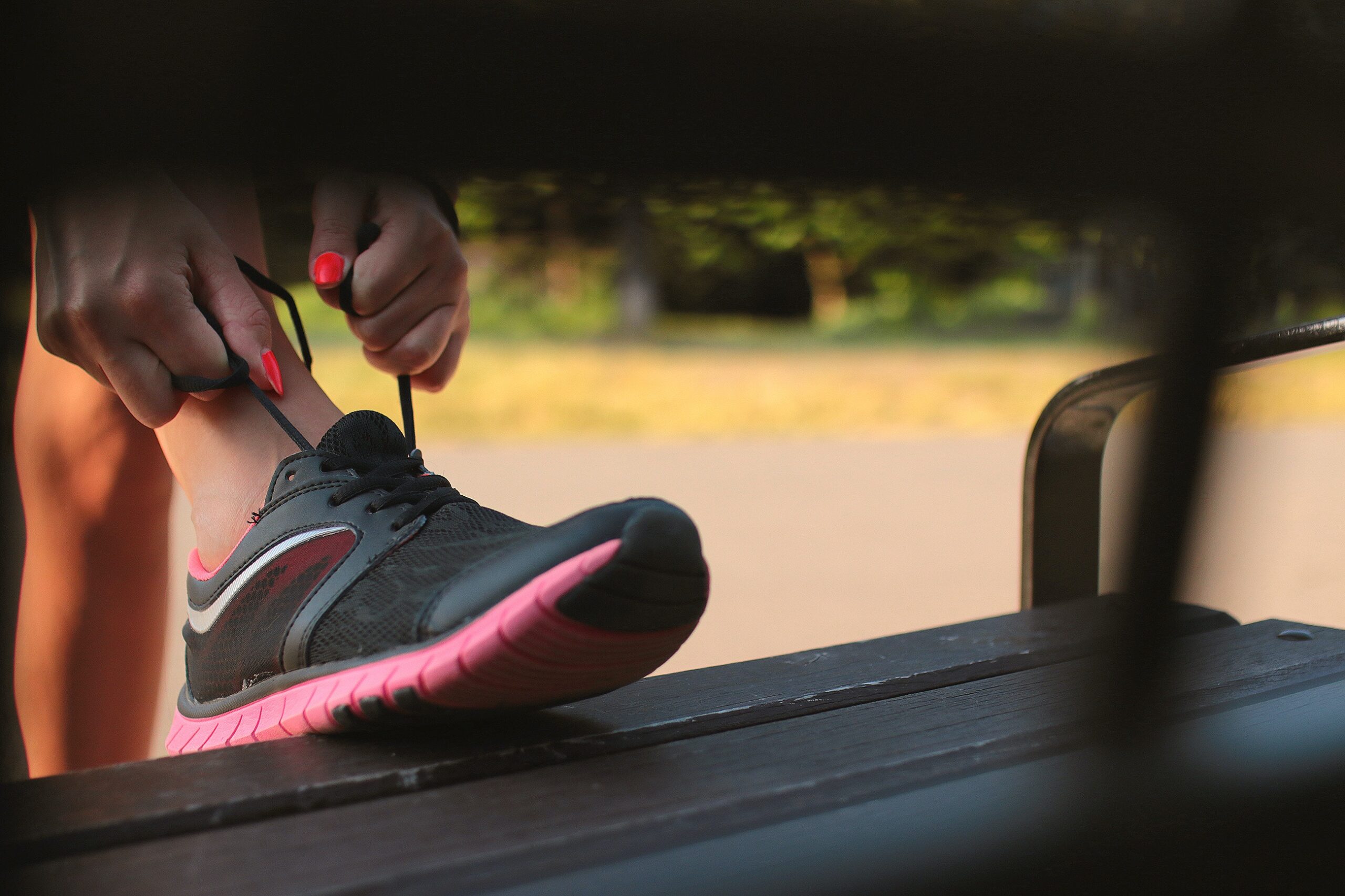 5-star Fitness
5-star Fitness
 5-star Fitness
5-star Fitness

Whether you’re someone looking to reignite your passion for running, pick it up as a new hobby, or simply keep up with your busy-bodied grandkids, it’s time to prioritize a critical aspect to movement that is often overlooked: finding the right shoe for your feet! As an avid runner who has logged countless miles on the pavement, I understand the importance of finding the perfect running shoe for your body mechanics. In the early days of my running journey, which began much later in my life, I quickly learned that the days of slipping into any old shoe and going for a run were long behind me. Plagued by injuries and discomfort, I realized that I needed to find better shoes for the job. Almost immediately after discovering the right shoe, my running experience transformed. And to this very day, I continue to enjoy the numerous health benefits that come with my daily jogs around the neighborhood.
Today we’ll delve into the importance of choosing the perfect pair of running shoes that offer optimal comfort, injury prevention, and performance enhancement. We’ll dispel common myths, explore key elements such as cushioning, arch support, stability, shock absorption, lightweight materials, and proper fit. Let’s dive in!
One of the primary reasons to find the right shoe for your feet is to ensure optimal comfort and support during your runs. As we age, our feet may experience changes in shape, size, and flexibility, which can lead to various foot-related issues. Let’s address a common myth and understand key elements related to running shoe comfort and support:
Myth: Running shoes need a “break-in” period.
Fact: Modern running shoes should feel great right from the moment you try them on in the store. There is no need for a lengthy “break-in” period. If a pair of shoes feels uncomfortable or causes discomfort when you first try them on, explore other options.
To prioritize comfort and support, pay attention to the following aspects:
As we strive to maintain a healthy and active lifestyle, injury prevention becomes paramount. Wearing improper footwear can significantly increase the risk of developing common running injuries. Let’s dispel a myth and explore key elements related to injury prevention in running shoes:
Myth: All running shoes are the same.
Fact: Running shoes come in various types, designed to cater to different foot shapes, biomechanics, and running styles. Not all shoes are the same, and it’s important to find the right pair that suits your specific needs.
Consider the following factors for injury prevention:
While running shoes primarily focus on comfort and injury prevention, they can also enhance your performance on the track or road. Let’s address a common myth and understand key elements related to performance enhancement:
Myth: Shoe size is consistent across all brands.
Fact: Shoe sizing can vary between brands, and it’s important to prioritize fit over the numerical size marked on the box.
To optimize your performance, consider the following:
Finding the right shoe for your feet is a game-changer when it comes to your running journey. By prioritizing comfort, support, and proper fit, you can enhance your performance, prevent injuries, and make every run an enjoyable experience. Happy Running!
Cedric Mclean,
PFC Content Writer &
Road Running Athlete